Kindergartners have explored many ways in which forces can interact with other objects in both science and engineering. They have observed forces from different heights and how weight can affect the force something has on another object.
As a culminating project in the Force and Motion unit in Engineering, they built their own technologies to interact with a "crash box." Their technologies represented the three little pigs from our story (The Three Little Pigs' Sledding Adventure) and each "crash box" represented someone from the Big Bad Wolf's family. Each crash box had a different material inside, and their goal was to get the "crash box" to move! Students were able to change their technologies in any way they wanted. Would they make them lighter? Heavier? Launch them from a taller height? A shorter height?
As a culminating project in the Force and Motion unit in Engineering, they built their own technologies to interact with a "crash box." Their technologies represented the three little pigs from our story (The Three Little Pigs' Sledding Adventure) and each "crash box" represented someone from the Big Bad Wolf's family. Each crash box had a different material inside, and their goal was to get the "crash box" to move! Students were able to change their technologies in any way they wanted. Would they make them lighter? Heavier? Launch them from a taller height? A shorter height?
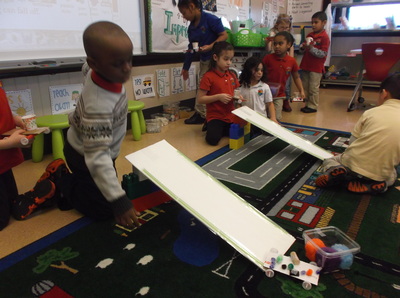
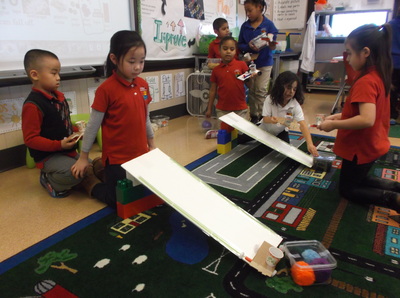
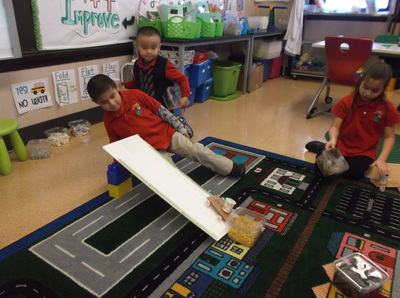
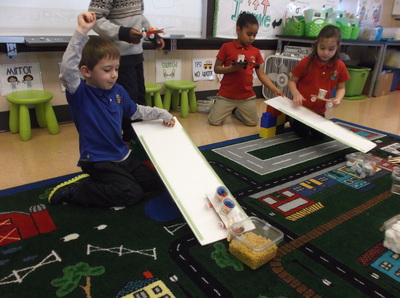

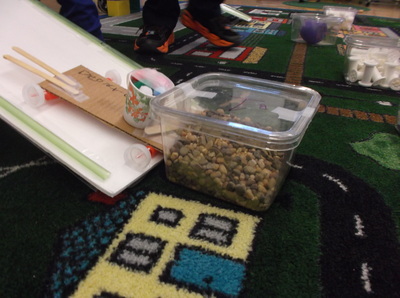
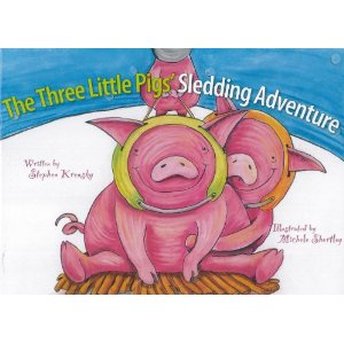
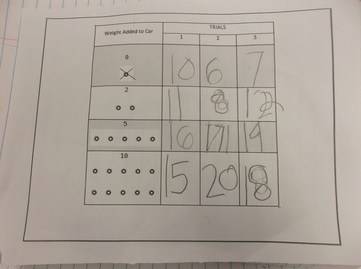
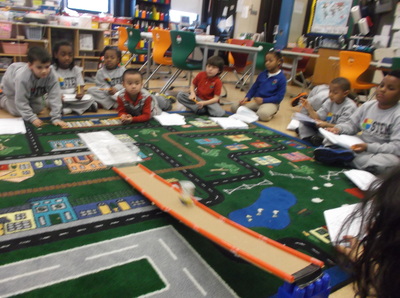
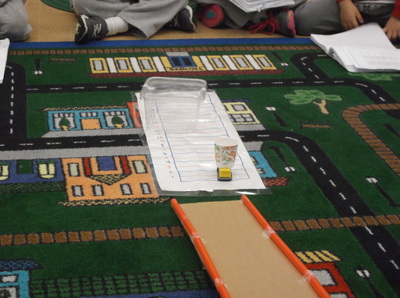
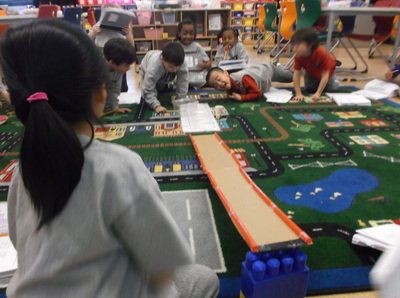
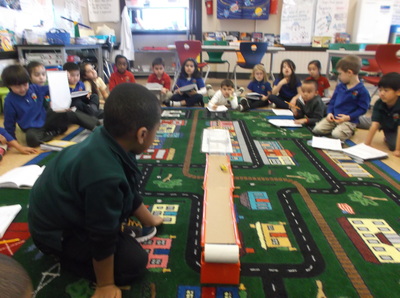
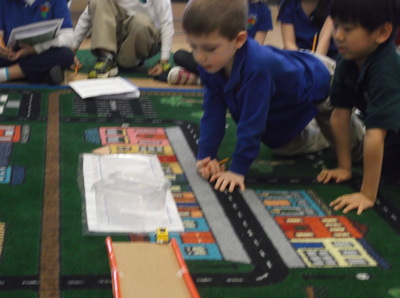
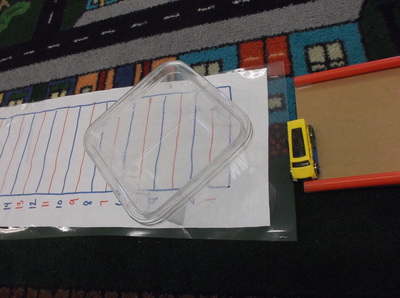
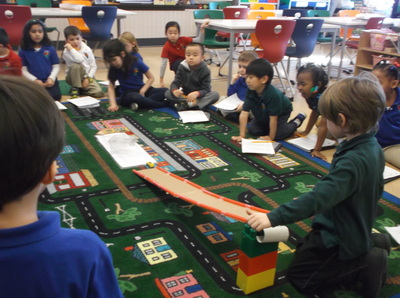
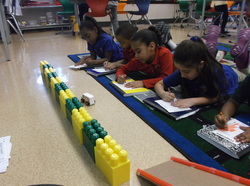
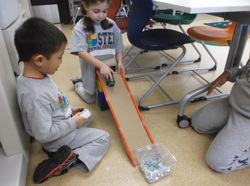
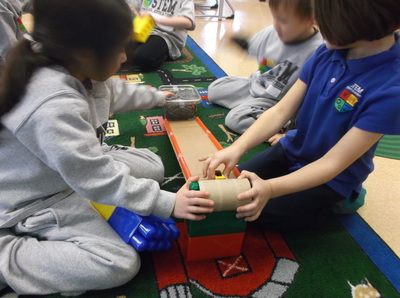
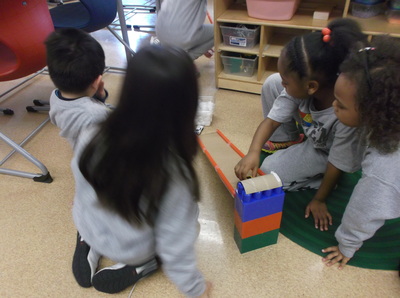
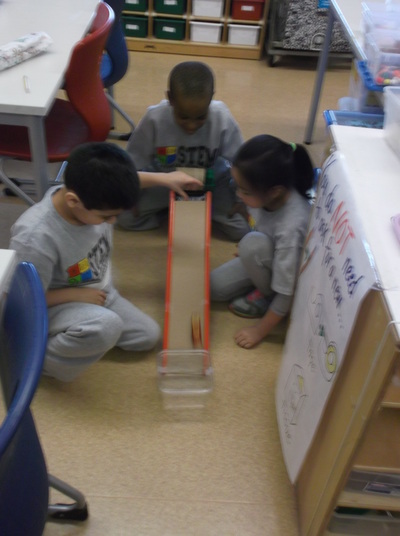
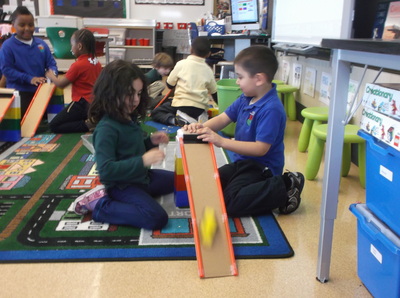
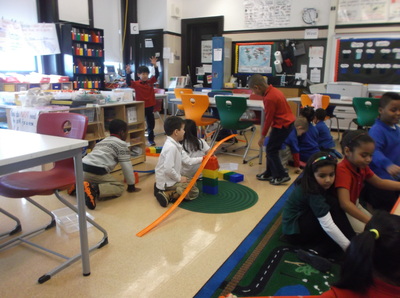
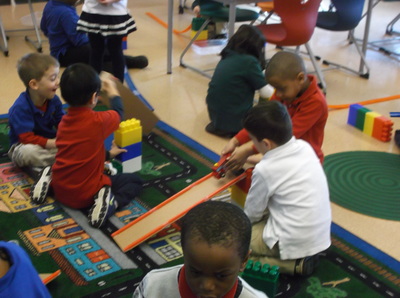
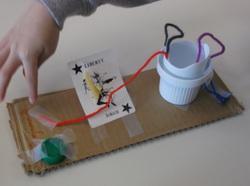
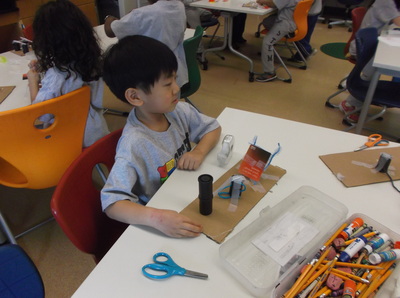
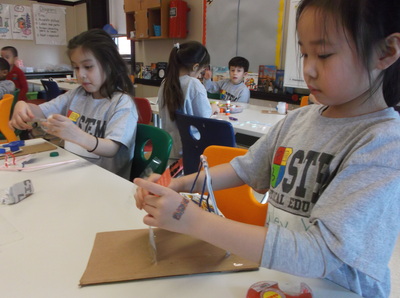
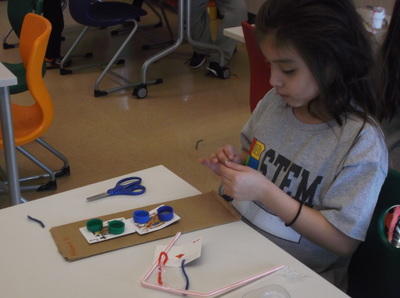
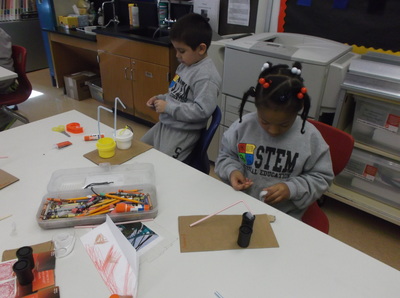
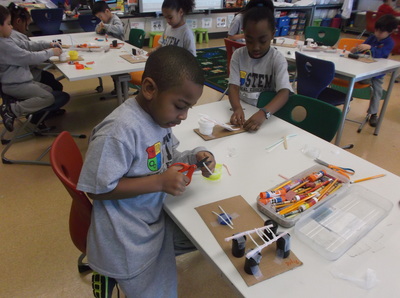
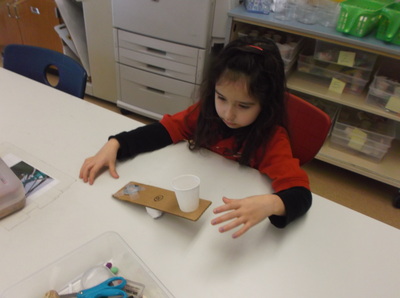
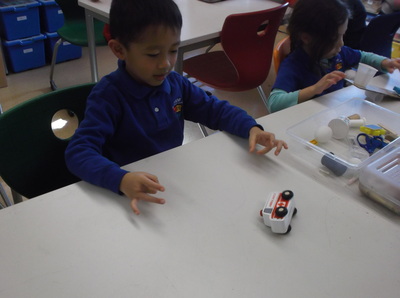
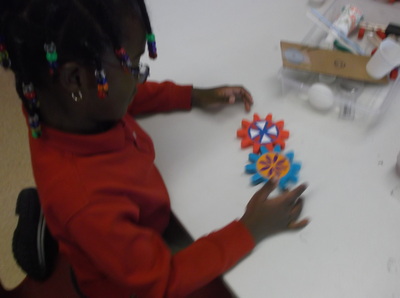
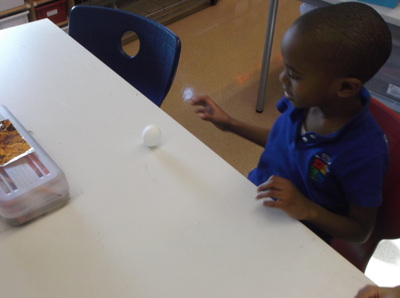
 RSS Feed
RSS Feed